It was absolutely wonderful!
We travelled to three separate locations, staying in four beautiful venues; initially in Zambia at Sindabezi and Tongabezi, then moving onto Mfuwe for a stay at Nkwali Lodge - the safari part of our holiday and finally flying to Malawi and the paradise which is Kaya Mawa on Likoma Island. We can neither praise nor thank Sylvia enough for all the care and attention she gave us. As an example, whilst in Zambia we discovered on New Year’s Eve that we’d left one of our internal flight e-tickets at home. We phoned Sylvia in a panic and by the time we’d reached our next destination, our onward bound ticket was waiting for us at the reception. Not a service which would have been available from a high street tour operator I suspect! Tim had wanted to give me a trip of a lifetime and thanks to Sylvia he was able to do so. We will never forget our time in Africa and can’t wait to return. Thank you again Sylvia – it was absolutely wonderful!
Tim & Jo
Zambia & Malawi


